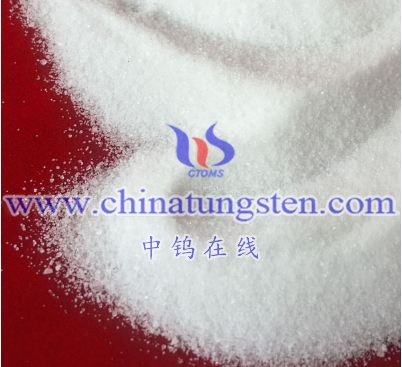Ammonium metatungstate (AMT) can be toxic if ingested or inhaled in large quantities, and can also cause skin and eye irritation upon contact. However, AMT is not considered to be highly toxic under normal usage and exposure conditions.
AMT is classified as a hazardous substance by various regulatory agencies, including the United States Environmental Protection Agency (EPA) and the European Chemicals Agency (ECHA). These agencies have established exposure limits and safety guidelines for AMT to protect workers and the general public from potential harm.
Inhalation of AMT dust or fumes can cause respiratory irritation and inflammation, and may lead to lung damage or other respiratory problems over time. Ingestion of AMT can cause gastrointestinal irritation, nausea, vomiting, and diarrhea. Skin contact with AMT may cause irritation or rash, while eye contact can cause redness, pain, and irritation.
As with any hazardous substance, it is important to follow appropriate safety precautions when handling AMT, such as wearing appropriate protective equipment (e.g., gloves, goggles, respiratory protection), working in a well-ventilated area, and avoiding direct contact with the material whenever possible. Proper handling and storage of AMT can help to minimize the risk of exposure and potential health effects.







